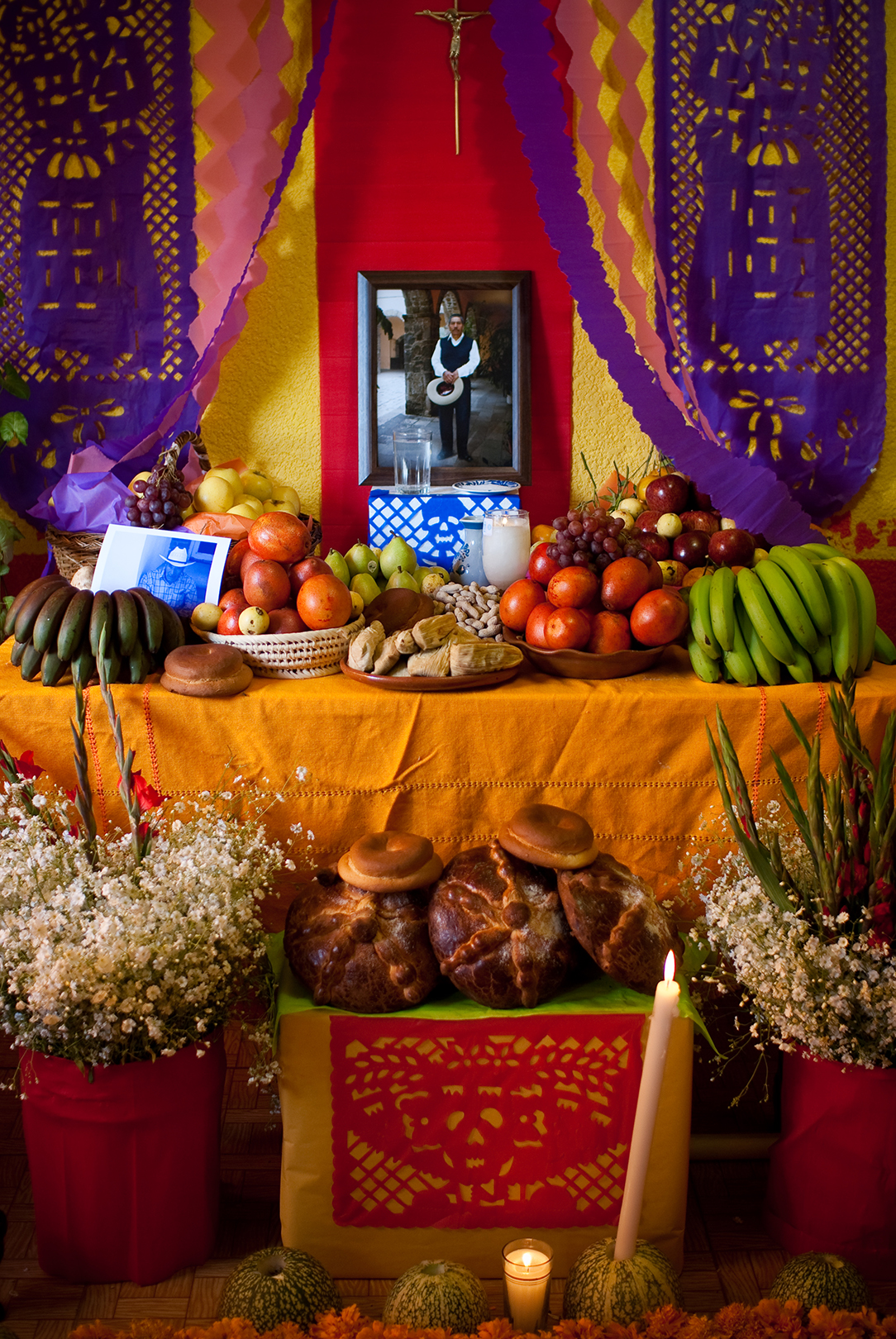I saw the latest Disney production, the animated film “Coco”, which is largely based on the celebration of the Day of the Dead in Mexico and I was struck at the major role photography plays in this film.
In some Latin American countries, paying tribute to the deceased on a specific day of the year is common, but in Mexico, it is a truly iconic holiday.

*SPOILERS AHEAD*
The film is about how a 12-year-old boy named Miguel pursues his dream of becoming a musician like his famous idol, Ernesto de la Cruz (a character clearly inspired by Pedro Infante), who died when he was crushed by a bell during one of his performances.
Unfortunately, Miguel’s family hates and bans everything that has any relation to music, because Miguel's great-grandmother was abandoned by a musician who decided to leave his family to follow his dreams.

So, How Does This Relate To Photography?
The film makes constant references to photography. Living people place photographs of their loved ones in their graves. The photographs are treasured by families because, through these images, the memory of the deceased can be preserved for future generations.
Additionally, in the world of the dead, something magical happens with those photographs. If living people don’t place a photograph on the grave of their loved ones, the dead cannot cross the bridge that leads them to be near them on that special day.
All the dead maintain the hope that their living loved ones have placed a photograph of them on their graves. The procedure to return from the world of the dead to the living is similar to a migration, like what we see at most airports.
The authorities of the dead make a facial recognition test, and if the dead person’s face matches the database, they can return to visit their still-living loved ones.

It turns out that Miguel does not know his great-great-grandfather’s face. After an accident, he breaks the frame of the photograph located on the top of the altar, in which only his great-great-grandmother appeared at that time.
While trying to repair the frame, he realizes that a man with a guitar was at her side, and correctly assumes, thanks to the photo, that his great-great-grandfather was a musician.
After many Disney-style plot twists, Miguel realizes that his great-great-grandfather was not who Miguel thought he was. The good thing was that he was indeed a musician. His real great-great-grandfather leaves him a piece of a photograph, the only photograph taken of him during his lifetime.
The piece of photograph fits perfectly in the only picture Miguel's family has of his great-great-grandmother, Mama Imelda.

Miguel’s ultimate mission is to place the complete image on the altar of the dead so that his great-great-grandfather can finally cross into the world of the living and see his daughter before she completely forgets him.
Now, thanks to the complete picture, the great-great-grandfather can return during each Festival of the Dead to spend time with his offspring.
The Importance Of Preserving A Person's Image
Much of the purpose behind pictorialism arises from the need to preserve the image of a person in an accessible way. The festival in the movie emphasizes the importance of having physical evidence that people actually existed.
It doesn't matter if the person did or did not like to be photographed; the film emphasizes the importance of doing it in an interesting way. The human brain is incapable of storing a person's image for an extended time.
Photography makes up for this lack in the human brain.
Photography Helps Build Family Histories
I will allow myself here to speak in a personal way because I’m sure my opinion will be perceived as subjective. Thanks to pop culture, we can safely assume that photography has been used to record countless moments in the life of every family.
My own family is no exception. I have learned about many of my relatives and family members through photographs. And I love making anatomical comparisons between my ancestors and people that I have known in my lifetime.

Thanks to these photographs, I have tangible evidence of how the people who made up my family looked, without having met them.
My grandfather was a photography enthusiast, and from him, I inherited my trusty Pentax K1000. So, thanks to him, we have an abundance of photographs that have helped us understand what their lives were like and put a face to their names.
Family photography can often be seen as domestic and vernacular since they’re images that make up the intimate diary of a family. This is why a person totally foreign to certain family photographs will still feel some interest in seeing them.
This friendly animated film Coco emphasizes the importance of photography as a valuable part of a family’s history. Miguel understands the importance of always having a photograph of the members of his own family as the dead will disappear completely when no one remembers them in the world of the living.
Today we produce so many images that this may one day be taken for granted. Still, some images will always accompany us through our lives. Thanks to them, we'll retain a living memory of those who left us in life.






